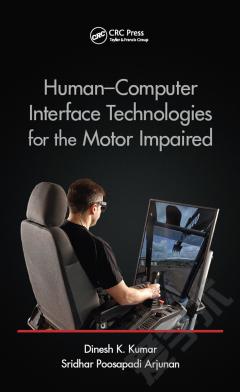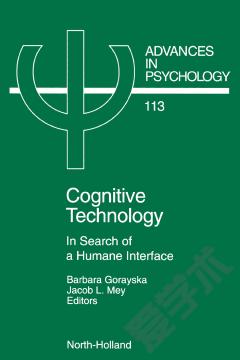Human-Computer Interface Technologies for the Motor Impaired
Introduction Abstract Introduction: Human-computer interface for people with disabilities Background History Future of HCI Layout of the book Reference Human-computer interface: Mechanical sensors Abstract Introduction Modified devices Sensors Applications of HCI based on mechanical sensors Current research and future improvements References Brain-computer interface based on thought waves Abstract Introduction History of brain-computer interface Significance of BCI devices BCI technology System design Signal analysis BCI translation algorithms User consideration Applications of BCI Limitations Future research Ethical consideration References Evoked potentials-based brain-computer interface Abstract Introduction Brain-computer interface (BCI) systems based on steady-state visual evoke potential Design challenges and limitations Results User benefits and improvements References Myoelectric-based hand gesture recognition for human-computer interface applications Abstract Introduction Background Current technologies and implementation References Video-based hand movement for human-computer interface Abstract Introduction Background Data analysis Discussion User requirements User benefits Shortcomings Future developments References Human-computer interface based on electrooculography Abstract Introduction Background Current technologies: Historical to state of the art Example of EOG-based system Results Discussion Limitations of the study Discussion: User benefits and limitations References Further reading Video-based eye tracking Abstract Introduction Background and history An example eye-tracking method Data analysis Results Discussion: User benefits and limitations References Speech for controlling computers Abstract Introduction History of speech-based machine commands Automatic speech recognition (ASR) Speech denoising methods Speech analysis fundamentals Subsections of speech: Phonemes How people speak: Speech production model Place principle hearing model Features selection for speech analysis Speech feature classification Artificial neural networks Limitations in current systems References Lip movement for human-computer interface Abstract Introduction: History and applications Current technologies User requirements Example of voiceless speech recognition systems Discussion: User benefits Summary References
{{comment.content}}








 京公网安备 11010802027623号
京公网安备 11010802027623号